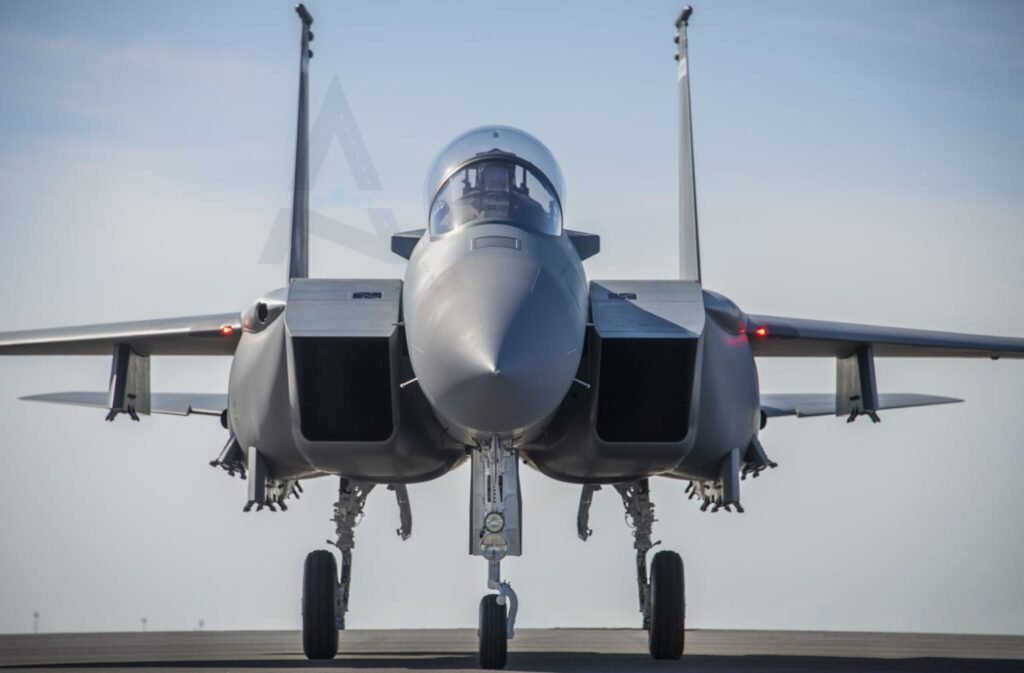In a landmark development for India’s defense sector, Boeing has signaled its willingness to incorporate Indian weapons systems onto its F-18 and F-15EX fighter jets. This significant move opens new avenues for collaboration between Boeing and India, potentially revolutionizing the country’s aerial defense capabilities.
Boeing’s decision to integrate Indian weapons onto its fighter jets underscores the company’s commitment to strengthening its partnership with India and supporting the country’s indigenization efforts in defense manufacturing. By leveraging India’s expertise in developing advanced weapons systems, Boeing aims to enhance the capabilities of its fighter aircraft and meet the evolving needs of the Indian Air Force (IAF).
The F-18 and F-15EX are among the world’s most advanced and versatile fighter jets, renowned for their superior performance and combat capabilities. With the inclusion of Indian weapons systems, these aircraft will become even more formidable, offering enhanced firepower and flexibility in a variety of mission scenarios.
For India, this collaboration presents a unique opportunity to bolster its defense capabilities while fostering strategic partnerships with leading aerospace companies. By contributing its indigenous weapons systems to Boeing’s fighter jets, India can showcase its technological prowess on the global stage and position itself as a key player in the defense industry.
Moreover, the integration of Indian weapons onto Boeing’s fighter jets holds the potential to stimulate growth in India’s defense manufacturing sector. As Boeing ramps up production of F-18 and F-15EX aircraft equipped with Indian weapons, there will be increased demand for domestic manufacturing and supply chain partners, creating job opportunities and driving economic development.
One of the key benefits of incorporating Indian weapons onto Boeing’s fighter jets is interoperability with existing Indian defense systems. By utilizing indigenous weapons that are compatible with India’s defense infrastructure, the IAF can streamline logistics, maintenance, and training processes, ensuring seamless integration of new capabilities into its operational framework.
Furthermore, this collaboration aligns with India’s broader objectives of modernizing its armed forces and achieving self-reliance in defense manufacturing. By leveraging international partnerships and embracing indigenous innovation, India can enhance its defense capabilities while reducing dependence on foreign suppliers.
As Boeing opens the door to Indian weapons on its F-18 and F-15EX fighter jets, the stage is set for a new era of collaboration and innovation in India’s defense sector. With both parties committed to leveraging each other’s strengths and capabilities, the future looks promising for India’s aerial defense capabilities.
In conclusion, Boeing’s willingness to incorporate Indian weapons onto its fighter jets marks a significant milestone for India’s defense industry. This collaboration not only enhances the capabilities of Boeing’s aircraft but also strengthens India’s position as a leading player in the global defense arena. As the partnership between Boeing and India continues to deepen, the sky’s the limit for India’s defense capabilities.



